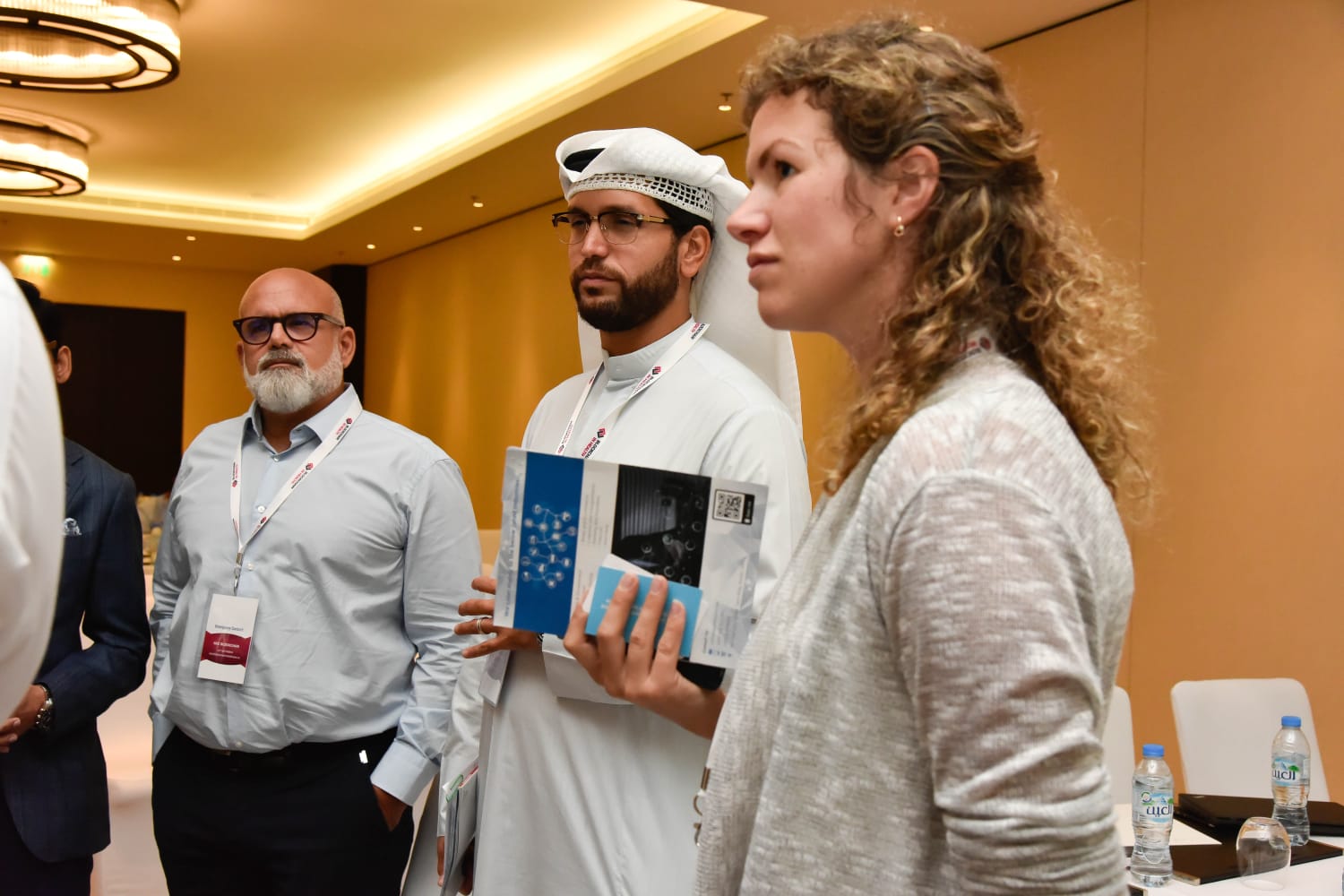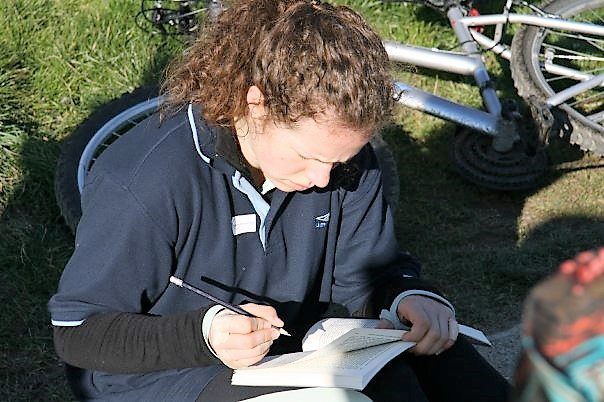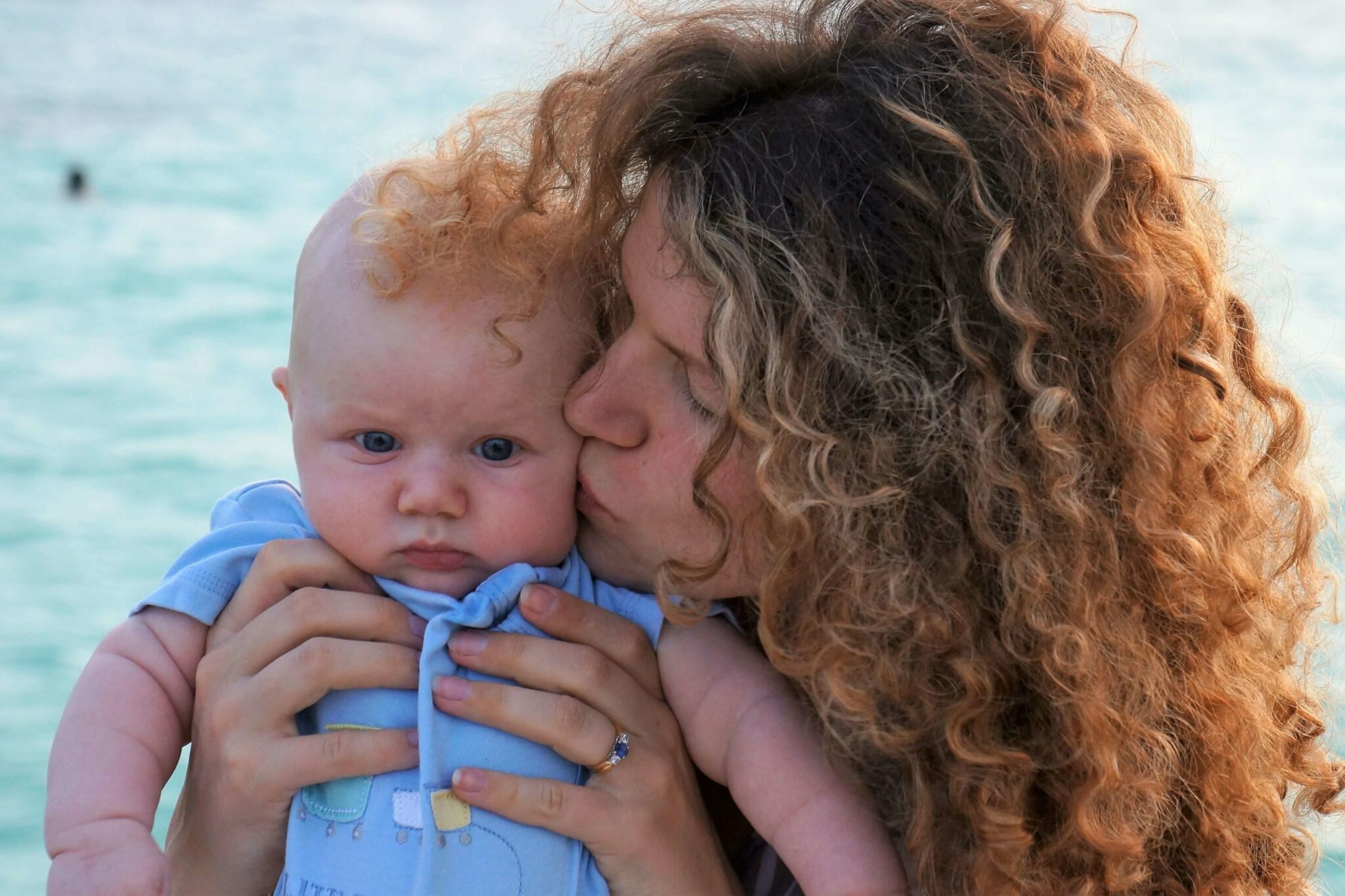Nabta’s Story: Part 5 – The Reality of Being a Woman in Women’s Health


It is two years to the day since Nabta was founded. March 21st 2017. An historic day. Not only Nabta’s birthday, but Mother’s Day in the Gulf, my co-founder’s birthday, and the day my son was due (in the end, he arrived 11 days late on the 1st April).
I thought I would mark this moment by reflecting, in a very specific way that has nothing to do with being asked to write an article by P&G on exactly the same topic, on the reality of being a woman in women’s health in the Middle East.
The reality of being a woman
The first reality is this: when people ask you to explain what you’re doing, still the first question is often, “What is it like to be a woman doing X?” rather than, “What is it like to do X?”. If you throw a baby in a carrier or an advanced pregnancy into the bargain, this question is usually accompanied by a healthy dose of concern.
With the #MeToo and other movements, I expect it won’t be long before the question of being a woman ceases to exist in many parts of the world, but for now at least, in a region that historically has some of the worst stats for female inclusion and empowerment, it’s here to stay.
The reality of a healthcare system driven by commercial benefit
The second reality is that combining two novel (and to a greater or lesser extent, taboo) concepts – hybrid healthcare, and women’s health – into a single bid for change, prompts mixed reactions; from investors, from members of the healthcare ecosystem, and even, occasionally, from other women.
The MENA healthcare market is one of the fastest growing in the world. Take the UAE, for example, where the healthcare sector is expected to grow by 60% in just five years – from $17BN in 2016 to over $28BN by 2021. Much of this growth, as defined by the UAE 2021 Vision National Agenda, will be fueled by investments in preventive medicine to address the issue of Non-Communicable Diseases (NCDs), such as cardiovascular diseases, cancer, diabetes, and chronic respiratory diseases, which are, “the leading global cause of death and are responsible for 70% of deaths worldwide” (WHO, 2017).
With this in mind, you’d have thought that a platform such as Nabta, designed specifically to facilitate preventive and personalised medicine by seamlessly integrating virtual care components such as mobile technologies, smart medical devices and tests, and machine learning, into traditional care pathways, would be an easy sell.
Not so. Not when that platform is (1) built by women, (2) focused on women’s health, and (3) forced to compete with a healthcare ecosystem that is underpinned by commercial benefit, driven by investments into traditional “brick and mortar” setups, and a good three to five years away from understanding the concept of value-based care.
The reality of investment opportunities for women (or the lack thereof)
The third reality of being a woman in women’s health in the Middle East (and anywhere else for that matter) is that the amount of capital invested in female-led startups is significantly lower than the amount invested in male or co-led startups.
In 2018, all female founders in the U.S. put together raised $10BN less than one cigarette company, Juul, took in by itself – just 2.2% of the total $130BN invested. This is despite the fact that (1) the female economy is considered to be the largest and fastest growing in the world – worth more, at circa. $23TN, than the GDPs of China and India combined, and (2) in a study by the Boston Consulting Group, it was found that female-founded or co-founded startups generated, on average, higher revenues per dollar invested than their male-founded counterparts.
Although many of the MENA region’s top publications like to highlight the fact that female entrepreneurship is on the rise, the reality in terms of access to capital is very different. Ticket sizes from funds that claim to focus exclusively on female-founded or co-founded startups are significantly smaller than the average – ranging in size from $10K to $50K at the seed stage (versus $50K to $250K). And even the capital that is available is not equipped to support startups that do not follow the popular eCommerce / marketplace / software-only models, i.e. startups that have even a whiff of an R&D budget baked into their projections.
But realities change
The fourth and final reality is perhaps the most important: realities change, and they change because we change them.
By persisting in the face of adversity; by refusing to allow statistics to get us down; by not being too proud to admit where we have been wrong and allowing our business models to pivot and evolve to support the real need we are trying to address, we can alter reality.
Perhaps it will take women of our generation three years to close a funding round where it should take one; perhaps we will always feel that we are on the hard end of negotiations concerning valuation and investment terms; perhaps we will get tired of being patronised, ignored and knocked back down, and choose other paths and vocations.
But there is value in the fight. Do not underestimate the impact your voice can have. Do not hesitate because people call you “crazy”, “delusional” or dismiss you out of hand simply for being a woman.
In the words of Nike’s recent, amazing, “Dream Crazier” advert: “So if they want to call you crazy? Fine. Show them what crazy can do.”
Sources:
- https://gulfnews.com/uae/health/uae-health-care-market-to-grow-to-dh103b-by-2021-according-to-new-study-1.2002656
- https://apps.who.int/iris/bitstream/handle/10665/258940/9789241513029-eng.pdf;jsessionid=C4C2CAEB2F25C6DC856AD047A965F4D8?sequence=1
- http://fortune.com/2019/01/28/funding-female-founders-2018/
- https://hbr.org/2009/09/the-female-economy
- https://www.ft.com/content/a18196c6-ba62-11e8-8dfd-2f1cbc7ee27c










































